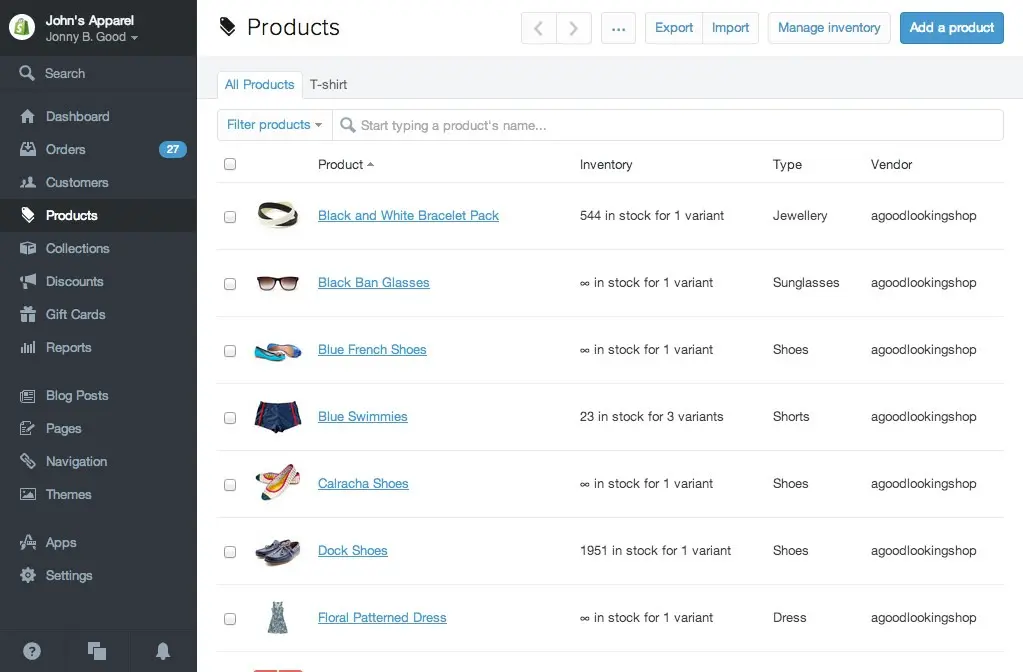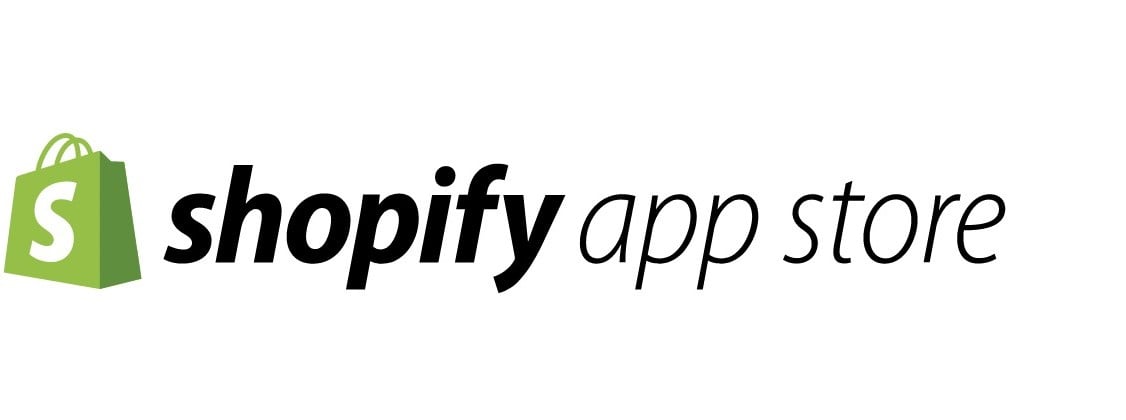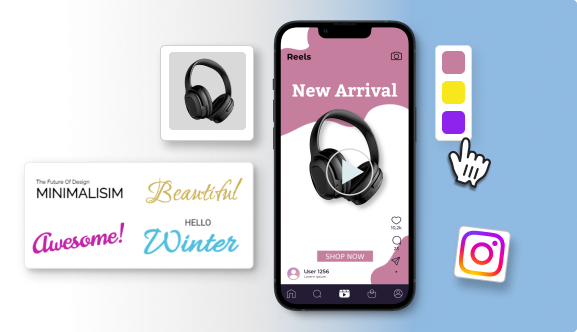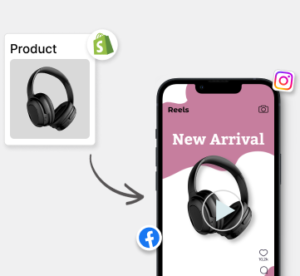Are you looking for solutions on how to scale a Shopify store? Scaling your store is like giving it a growth boost. It involves expanding your business to reach more customers, sell more products, and increase revenue. If you’re looking for strategies on how to scale a Shopify store, you’ve come to the right place!
Scaling your business may seem daunting, but the rewards are worth it. By scaling, you can experience greater profits, expand your customer base, and establish a stronger market presence. So, how to scale a Shopify store?
You’re in luck! In this blog post, we will guide you through the process of how to scale a Shopify store, step by step. We’ll cover everything from optimizing your website and streamlining operations to enhancing your marketing strategies. With these solutions, you’ll be able to transform your small business into a thriving success.
Let’s get started!
1. Optimizing Website Performance
Scaling your online business means more customers, more sales, and more success. But before you jump in, there’s something crucial to nail down: optimizing your website’s performance.
A website that loads quickly and works smoothly can make all the difference in keeping your visitors engaged and turning them into loyal customers. Let’s explore how you can achieve this and supercharge your online presence.
Improving Page Load Speed:
Ever clicked on a website and waited for it to load? Yeah, we know the feeling. Slow websites can send potential customers running in the other direction.
To make sure your pages load faster, follow these tips:
- Minimize Image Sizes: Big images can slow things down. Resize and compress your images to keep them web-friendly without sacrificing quality.
- Enable Caching: Caching stores data so your site doesn’t have to fetch it from scratch every time. This can drastically reduce the time it takes for your pages to load.
- Content Delivery Network (CDN): Spread your website content across the globe with a CDN. This means visitors can access your site from a server closer to them, speeding up loading times.
- Trim Unnecessary Apps and Scripts: Just like decluttering your room, getting rid of unnecessary apps and scripts can declutter your website, making it more nimble.
Mobile Optimization:
These days, everyone’s browsing on their phones. If your website isn’t mobile-friendly, you’re missing out on a lot of potential sales. Here’s how to nail mobile optimization:
- Responsive Design: Your website should look and work great on any device. A responsive design adjusts automatically to fit different screens.
- Mobile-friendly Content: Don’t make your mobile visitors zoom in and squint. Optimize your text and images for mobile viewing.
- Testing: See how your website performs on different mobile devices and browsers. You want a smooth experience for everyone, no matter what gadget they’re using.
Streamlining Checkout Process:
You’ve got them hooked, they’ve loaded up their carts, and… wait, where did they go? A complicated checkout process can lead to cart abandonment faster than you can say “checkout.”
Here’s how to simplify things:
- Slick Checkout: Less is more. Make your checkout process clean, simple, and quick.
- Guest Checkout: Some people don’t want to create an account. Let them check out as a guest.
- Multiple Payment Options: Different strokes for different folks. Offer various payment gateways to cater to your customers’ preferences.
- One-page Checkout: Imagine finishing the checkout process on a single page. It’s like a dream come true for your customers.
2. Inventory Management and Fulfillment
Efficient inventory management and streamlined fulfillment don’t just save you time – they save your business.
By maintaining a well-stocked inventory and efficiently processing orders, you can create a seamless experience for customers while ensuring smooth operations. This translates into satisfied customers and an efficient workflow.

As your Shopify store expands, it’s crucial to prioritize monitoring your inventory and fulfillment strategies. These elements serve as the essential components that keep your business operating smoothly and efficiently.
Let’s explore why these factors are important and provide tips on how you can optimize them for maximum success.
Efficient Inventory Management:
Running out of a popular product just when demand is soaring?
Not having enough stock can cost you customers, while overstocking ties up your funds. Efficient inventory management software keeps your products flowing and your customers happy.
Here’s how to make it happen:
- Inventory Management System: Invest in an inventory management system to keep tabs on your stock levels. This helps prevent stockouts and surplus, ensuring you’re ready for whatever comes your way.
- Automated Alerts: To prevent disappointing customers, it’s advisable to set up alerts that notify you when your stock is running low. This way, you can replenish your inventory in a timely manner to avoid any shortages.
- Sales Data Analysis: Examine your sales data closely to identify patterns and trends. Reviewing an inventory aging report can help you spot slow-moving items, allowing you to strategize your inventory management more efficiently and free up capital tied to stagnant stock.
- Outsourcing and Dropshipping: If handling inventory in-house isn’t feasible, consider dropshipping or partnering with third-party logistics providers. This way, you can focus on other aspects of your business while experts handle the stock.
Streamlined Order Fulfillment:
Once orders start rolling in, fulfilling them efficiently is vital. Nobody likes waiting forever for their package.
Here’s how to scale a Shopify store by streamlining the process:
- Optimize Workflows: Make sure your order processing and fulfillment workflows are smooth and logical. Minimize unnecessary steps to speed things up.
- Barcode Scanning and Automation: Use barcode scanning and automation tools. They help reduce errors and make the fulfillment process lightning-fast.
- Shipping Integration: Connect your Shopify store with a shipping carrier for real-time shipping rates and easy label printing. This reduces manual data entry and speeds up shipping.
- Order Tracking: Keep your customers in the loop. Provide them with order tracking information so they know where their package is and when to expect it.
3. Marketing and Customer Acquisition
Marketing and customer acquisition aren’t just about attracting attention – they’re about building meaningful connections with your audience.
By optimizing your online presence, engaging with potential customers on social media, running effective ads, and nurturing relationships through email, you’ll be well on your way to scaling your Shopify store successfully.
Marketing and customer acquisition play a vital role in achieving Shopify growth, and a well-crafted Direct-shipping ad can help drive the visibility your products need. Let’s dive into how strategic marketing can be your ladder to success.
Search Engine Optimization (SEO):
SEO is like putting a spotlight on your store in the vast online marketplace. It helps potential customers find you easily when they search for products you offer.
Here’s how to make it work:
- Optimize Content: Fine-tune your product descriptions, titles, and meta tags with relevant keywords. This makes your products more discoverable by search engines.
- Create Quality Content: Engaging, unique content not only pleases visitors but also improves your search engine rankings.
- Build Backlinks: Get reputable websites to link to your store. It boosts your credibility and brings in more organic traffic.
- Monitor Performance: Keep an eye on your SEO efforts. Regular analysis helps you tweak your strategy for better results.
Utilizing Social Media Marketing:
Social media is where your potential customers hang out. Engaging them there can drive traffic and sales.
Here’s how to leverage it:
- Identify Platforms: Figure out which social media platforms your target audience prefers.
- Create Engaging Content: Craft posts that catch the eye and resonate with your audience.
- Run Targeted Ads: Invest in ads that reach the right people. You can target by location, interests, and more.
- Influencer Collaboration: Partner with influencers or brand ambassadors to widen your reach.
Paid Advertising:
Paid advertising is like a shortcut to getting noticed. It can get your products in front of the right eyes swiftly:
- Choose Platforms: Platforms like Google Ads and Facebook Ads let you reach specific audiences.
- Set Up Targeted Campaigns: Tailor your ads to reach the people who are most likely to buy.
- Monitor and Optimize: Keep an eye on your ad performance and adjust your strategy as needed.
- Retargeting Campaigns: Bring back potential customers who visited your site but didn’t make a purchase.
Email Marketing:
Don’t underestimate the power of a well-crafted email. It’s like a direct line to your customers’ inboxes:
- Build Your List: Collect emails from interested visitors and customers.
- Segment and Personalize: Send targeted emails based on customer preferences.
- Automation: Set up automated emails for abandoned cart recovery and customer retention.
- Track and Adjust: Monitor email metrics to see what’s working and tweak your strategy accordingly.
4. Customer Support and Retention
Scaling your Shopify store brings exciting possibilities – increased sales, a wider customer base, and more. But amidst all the growth, don’t forget about your existing customers.
Offering top-notch customer support and focusing on customer retention are the secret ingredients to sustaining your success.
Let’s explore why they matter and how to scale a Shopify store by taking care of customer support and retention.
Excellent Customer Support:
Happy customers are the backbone of your business. When they feel heard and helped, they’re more likely to stick around and recommend your store to others.
Here’s how to provide excellent customer support:
- Multiple Support Channels: Offer various ways for customers to reach you – live chat, email, and phone. This ensures they can get help in the way that’s most convenient for them.
- Prompt Responses: Respond quickly to customer inquiries. Time matters, and a speedy response shows you value their time.
- Knowledge Base or FAQ: Set up a knowledge base or FAQ section on your website. It answers common questions and helps customers find solutions without needing to contact you.
- Customer Feedback: Pay attention to customer feedback. Whether it’s praise or criticism, it’s valuable for improving your support processes.
Customer Retention Strategies:
Getting new customers is important, but retaining existing ones is equally crucial. Repeat customers are more likely to buy and recommend your products.
Here’s how to keep them coming back:
- Loyalty Program: Implement a loyalty program that rewards repeat customers with discounts, exclusive offers, or other perks.
- Personalized Recommendations: Use customer purchase history to offer personalized product recommendations. It shows you understand their preferences.
- Regular Communication: Send out newsletters and exclusive offers to keep your customers engaged and informed about your latest products and promotions.
- Customer Reviews: Encourage customers to leave reviews and testimonials. Positive feedback builds social proof, encouraging new customers to trust your store.
Conclusion
Scaling your Shopify store is about more than just getting bigger – it’s about doing it smartly. Remember, it’s not just one thing that’ll get you there. It’s like a puzzle – you need all the pieces to make it work.
You’ve learned that optimizing your website, managing inventory well, nailing your marketing game, and keeping your customers happy are all part of the big picture.
By following the steps for how to scale a Shopify store we’ve laid out, you’re setting yourself up for success. You can grow your business, reach more people, and boost your sales. So go ahead, put these strategies into action, and watch your Shopify store thrive like never before.
Happy scaling!

⭐️⭐️⭐️⭐️⭐️
Best Shopify app for Social Media Marketing
Related articles,
How To Create Shopify Product Videos
AI based marketing for Pet Shopify Store
Best Shopify Tools For Marketing


















